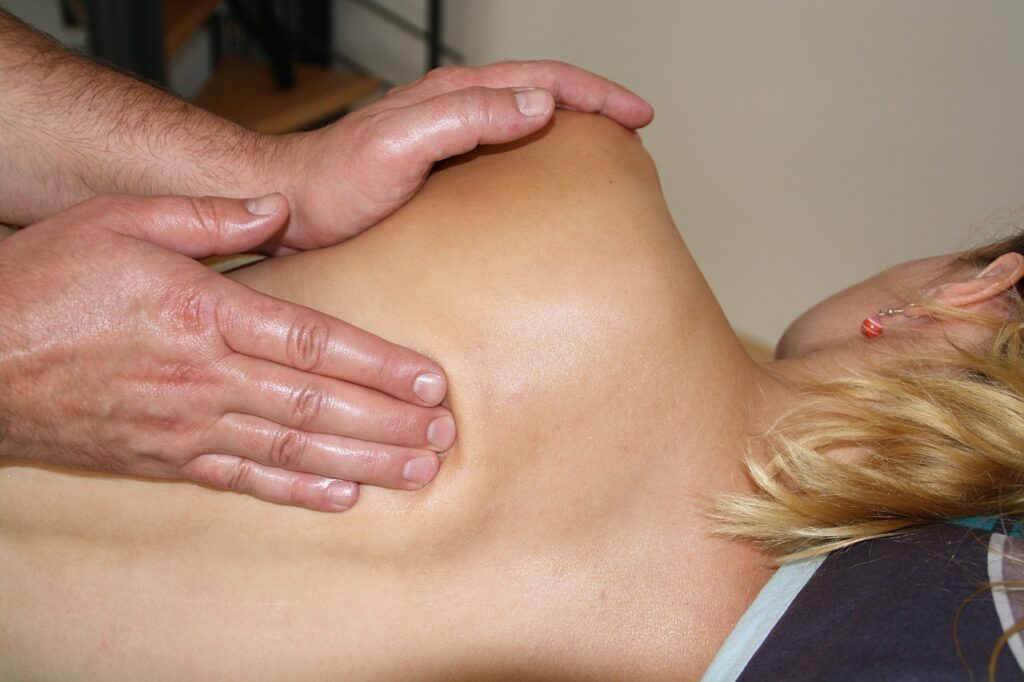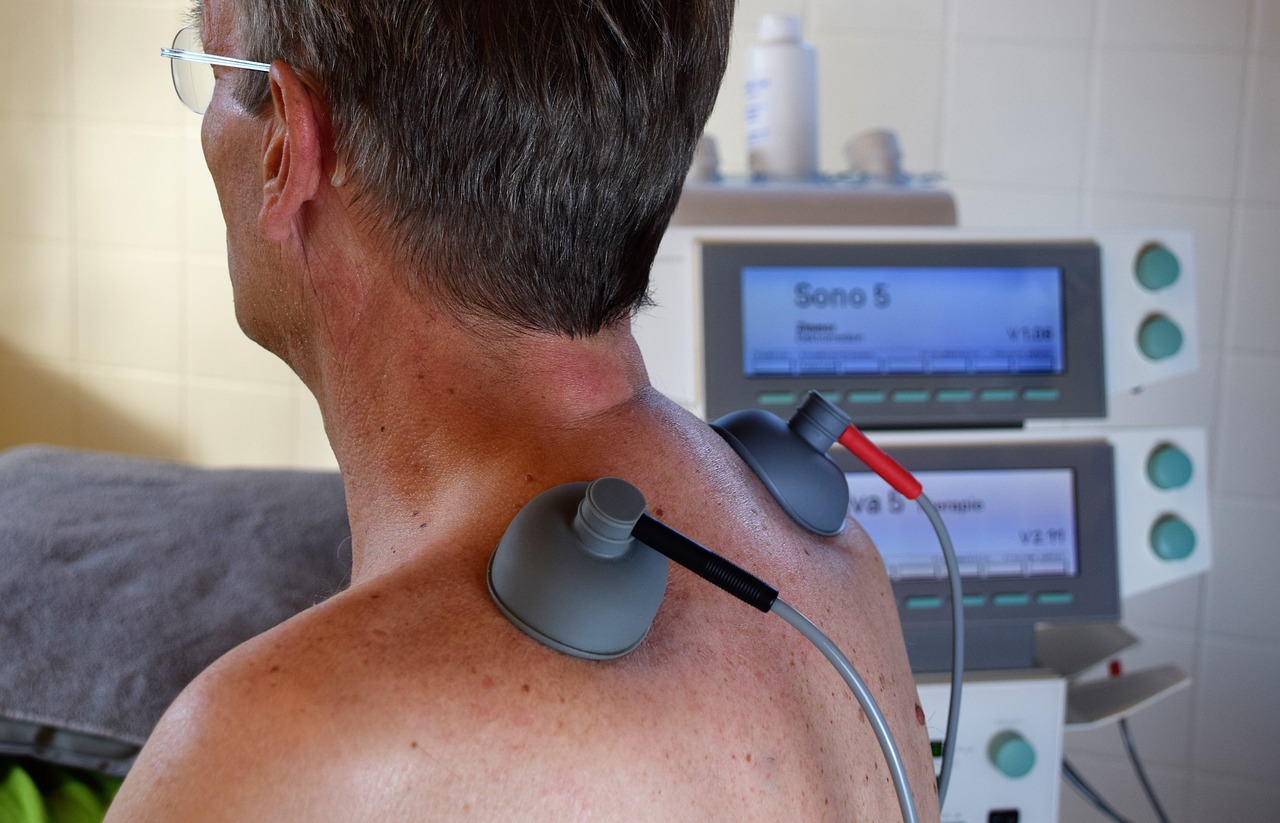
Physical therapy, often considered a rehabilitative measure after injury, surgery, or illness, extends far beyond its traditional perception. It is pivotal in promoting physical well-being and mental health, from managing chronic pain to optimizing mobility and preventing injuries. This comprehensive guide will delve into the multifaceted ways in which physical therapy can empower individuals, fostering an improved quality of life.
Understanding Physical Therapy
Physical therapy, commonly known as physiotherapy, is a healthcare profession focused on treating conditions that affect the musculoskeletal and neuromuscular systems. The primary goals include restoring function, improving mobility, alleviating pain, and preventing further injuries. According to a seasoned provider of physical therapy in Oakland, therapists employ various techniques, exercises, and modalities to address numerous conditions, ranging from acute injuries to chronic illnesses. One of the defining features of physical therapy is its holistic approach to health. Rather than merely addressing symptoms, physical therapists assess the entire individual, considering physical, psychological, and social factors that may impact their well-being. This comprehensive perspective allows for tailored interventions beyond immediate concerns, contributing to an individual’s long-term health and quality of life.
Managing Chronic Pain
Conditions such as arthritis, fibromyalgia, and lower back pain can significantly diminish an individual’s quality of life. Physical therapy offers a non-invasive and often highly effective approach to managing chronic pain. Physical therapists design specific exercises and techniques to alleviate pain, improve flexibility, and enhance muscle strength. These may include stretching exercises, strengthening routines, and manual therapy to address the root causes of pain. The tailored nature of physical therapy ensures that the treatment plan aligns with the individual’s unique condition and goals. An essential aspect of physical therapy is education. Physical therapists empower individuals to understand their conditions, recognize triggers for pain, and learn self-management strategies.
Restoring Mobility and Function
Physical therapy is often an integral part of the rehabilitation process after an injury or surgical procedure. Whether recovering from a sports injury, joint replacement, or trauma, restoring mobility and function is crucial for regaining independence and returning to daily activities. Physical therapists create customized exercise programs that target specific areas of weakness or impairment. These programs improve joint mobility, increase muscle strength, and enhance overall functional capacity. Gradually, individuals regain the physical abilities necessary for a fulfilling and active lifestyle. In cases where mobility is compromised, physical therapists may recommend using assistive devices such as canes, crutches, or braces. Additionally, they guide adaptive strategies to navigate challenges in daily life. These measures not only facilitate immediate recovery but also promote long-term independence.
Enhancing Balance and Fall Prevention
Maintaining balance is essential for preventing falls, especially in older adults. Falls can lead to severe injuries and a decline in overall health. Physical therapists conduct comprehensive assessments to identify factors contributing to an individual’s fall risk. These assessments may include evaluating muscle strength, joint flexibility, gait, and proprioception. Based on the findings, therapists develop personalized interventions to enhance balance and stability. Physical therapy interventions for fall prevention include exercises that improve strength, coordination, and proprioception. Coordination training is crucial for strengthening the body’s ability to react and adjust to environmental changes. Through targeted exercises, individuals develop the skills to navigate various surfaces and situations safely.
Managing Neurological Conditions
Physical therapists use specialized rehabilitation techniques to address neurological impairments. These may include gait training, balance exercises, muscle re-education, and activities to improve coordination and motor skills. These interventions’ repetitive and task-specific nature promotes neuroplasticity, allowing the brain to adapt and reorganize in response to injury or disease. For individuals living with neurological conditions, physical therapy is not only about immediate rehabilitation but also about fostering long-term functional independence. Therapists collaborate with patients to set realistic goals, establish ongoing exercise routines, and implement strategies to manage symptoms, contributing to an enhanced quality of life.

Improving Cardiovascular Health
Regular physical activity is a cornerstone of cardiovascular health. Physical therapists design exercise programs that promote cardiovascular fitness, improving heart health and circulation. This is particularly significant for individuals with cardiovascular conditions or those at risk of developing heart-related issues. Physical therapists tailor exercise prescriptions to each individual’s cardiovascular needs and health status. These may include aerobic exercises, resistance training, and activities that elevate heart rate within safe parameters. Regular engagement in cardiovascular exercises improves heart health and enhances overall endurance and stamina. Beyond structured exercise programs, physical therapists guide lifestyle modifications that support cardiovascular health. This may include recommendations for a heart-healthy diet, stress management techniques, and strategies to maintain a healthy weight. By addressing multiple facets of cardiovascular well-being, physical therapy contributes to an improved and sustainable quality of life.
Physical therapy is a dynamic and comprehensive approach to enhancing the quality of life for individuals across diverse age groups and health conditions. From managing chronic pain and restoring mobility to addressing neurological challenges and promoting mental well-being, physical therapy is multifaceted in optimizing health outcomes. As technology continues to evolve and healthcare models become more integrated, the accessibility and effectiveness of physical therapy are poised to expand further. By recognizing the transformative impact of physical therapy on the mind and body, individuals can proactively engage in their healthcare journey, fostering a life enriched by physical well-being and an enhanced quality of life.













